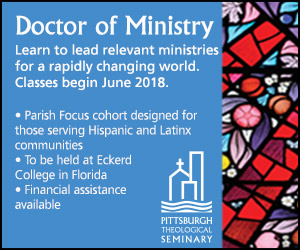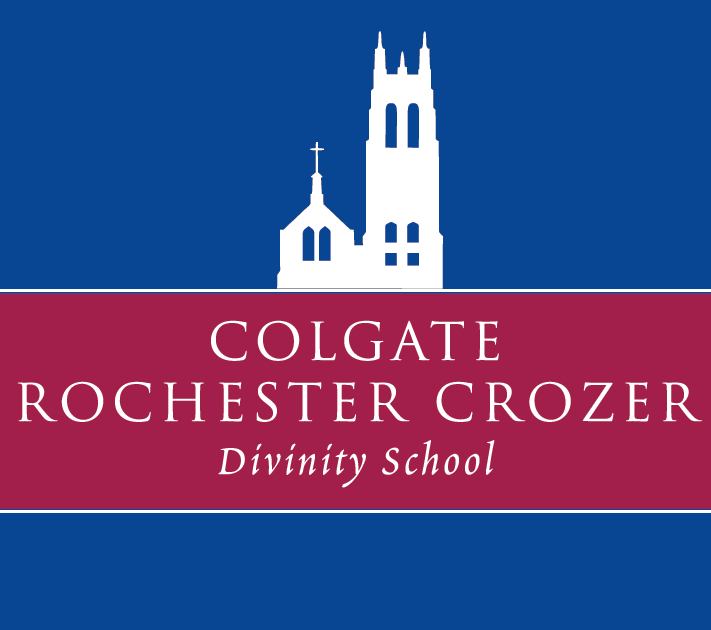By Eric M. Augenstein,
A year ago, the Catholic high school where I served as chaplain initiated a 1:1 program in which all students would be required to buy an iPad instead of conventional textbooks and thus integrate a variety of new technologies into the classroom. Such a program is becoming more common these days and, when implemented well, can transform teaching and learning in a positive way. Early on in the school’s discussion of the 1:1 program, the theology department raised the question of Bibles. In previous years, students would purchase a Bible in their first semester at the school which they would use in all of their theology classes through graduation and beyond. But now, traditional textbooks were being phased out completely in favor of eBooks and apps. So what about the Bible?
Most people agreed that a Bible app would be best—not only would it be consistent with the general policy for all other textbooks, but there are great interactive tools in these apps that can enhance how we read and understand the Bible. But I was a bit more cautious. For a church that takes scripture and tradition as its foundational principles, how could we so easily jettison a long-standing Christian tradition of transmitting the unchanging written Word through a printed book? Of course, it is a living Word—a spoken Word—but it is a written Word, too, and there is something about reading scripture exclusively on an electronic device that is also used for many other purposes and that is only, at best, a part-time Bible that makes me hesitant to concede completely to the latest technology, as wonderful as it is. In addition, how important is it for our young people to have the opportunity to encounter the Word of God on paper, using a single volume that challenges them to know how the Bible is put together and how to find books and passages?
But, then again, when I read scripture myself these days, it is most often on my computer or smartphone or tablet. And, really, we are talking about an older technology anyway—this is traditional media, not new media—not social media. And while the theology teachers are pondering the most appropriate way to teach scripture, our young people are using their iPads and their smartphones to Tweet and text and IM and check Instagram, even during class, when we’re trying to lead a discussion on the characteristics of the Synoptic Gospels.
Perhaps a more significant question is whether the explosion of social media has impacted the way we read scripture. As Catholics, we have worked hard in recent decades to recover a basic biblical literacy among both young people and adults—this was done particularly by making printed Bibles a primary text in Catholic schools and faith formation programs. But will the Twitter and text message generation read and understand scripture in a different way? There are great one-liners in scripture that fit perfectly in 140 characters or less—but there are also sweeping stories that require depth and narrative to appreciate. There are also great benefits that come both from personal reading of scripture and communal reading and study—I wonder if the social nature of social media might have new ways of facilitating the sharing of scripture while having a Bible app on your personal device might also provide more opportunities for personal reading and study.
The Catholic parishes and schools where I have served generally seem much more eager to embrace technology than social media—it seems the most common way we addressed social media with young people was talking about cyberbulling—what it is, how to avoid it, what to do when you are a victim. But I don’t know that we need to embrace social media as much as learn from it—learn how new ways of interacting can enhance and complement the ministry and teaching that we are already doing. As hesitant as I was to give up each person having their own printed Bible in the classroom, the reality of social media teaches us that young people are adapting to a new way of reading scripture—continuing a pattern that has happened throughout history.
Fr. Eric M. Augenstein is a Priest of the Roman Catholic Archdiocese of Indianapolis, Indiana. After several years serving as a parish pastor and high school chaplain, he is now Director of the Office of Priestly and Religious Vocations for the Archdiocese of Indianapolis. He blogs regularly at Café St. Isidore.
The New Media Project is a research project helping religious leaders become theologically savvy about technology.


















